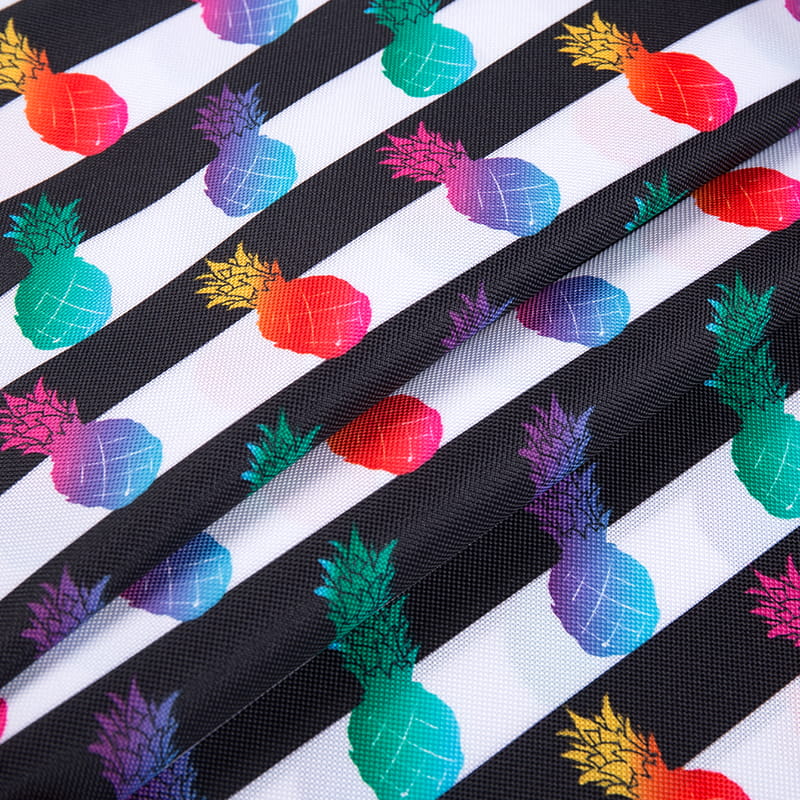
Thermal printing fabric can be made waterproof and moisture-proof through various methods, including the use of specialized materials and coatings. Here's how these techniques work:
Choice of Fabric Material: Selecting the right fabric material is the first step in achieving waterproof and moisture-proof properties. Fabrics like polyester and other synthetic materials are inherently more water-resistant than natural fibers like cotton. These materials are less porous, which makes it harder for water to penetrate.
Coatings and Laminates: Applying water-resistant coatings or laminates to the fabric's surface can enhance its resistance to moisture. These coatings create a barrier that prevents water from being absorbed by the fabric. Common coatings include polyurethane and acrylic coatings. Laminates are often made from waterproof films like polyethylene.
Water-Resistant Inks: Choosing water-resistant inks for thermal printing can help improve the fabric's resistance to moisture. Water-resistant inks are specially formulated to repel water and resist smudging or running when exposed to moisture.


UV-Resistant Coatings: While not directly related to moisture resistance, UV-resistant coatings can help protect the printed images and fabric from UV radiation, which can degrade fabric and inks over time.
Sealed Seams and Stitching: In addition to treating the fabric itself, ensuring that seams and stitching are sealed or coated can prevent moisture from entering through the fabric's edges.
Environmental Protection: Storing and using thermal printing fabric in controlled environments, away from excessive humidity and moisture, can also help maintain its waterproof and moisture-proof properties.
It's important to note that while these techniques can enhance the moisture resistance of thermal printing fabric, they may not make it completely waterproof in all conditions. The level of moisture resistance can vary depending on the quality of the materials and coatings used, as well as the specific requirements of the application.
For applications where waterproof or moisture-proof fabric is crucial, it's essential to consult with fabric manufacturers or suppliers who specialize in producing materials for such purposes. They can provide guidance on the most suitable materials and treatments to meet your specific needs. Additionally, regular maintenance and quality checks can help ensure that the waterproof and moisture-proof properties of the fabric are maintained over time.



 English
English Español
Español










